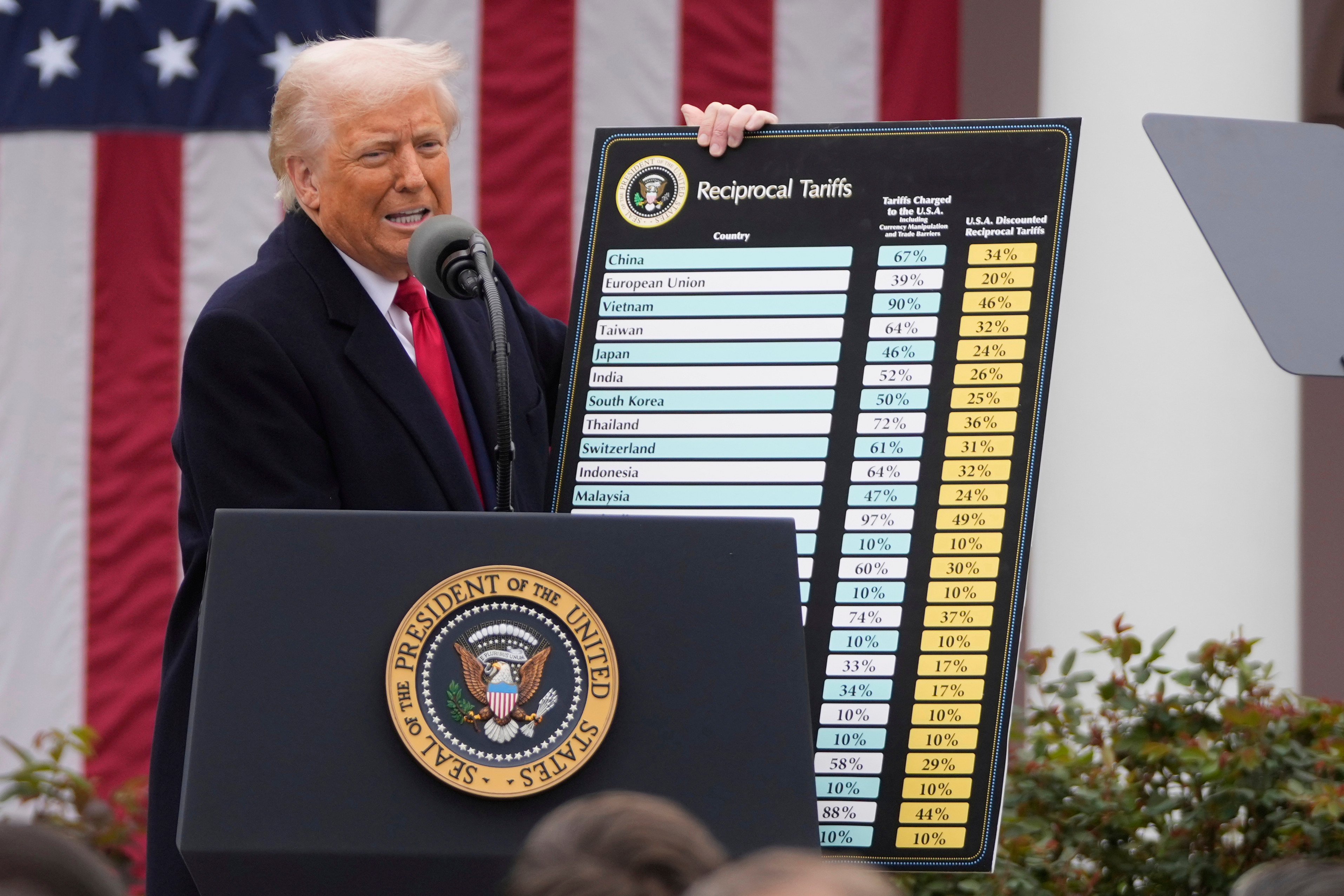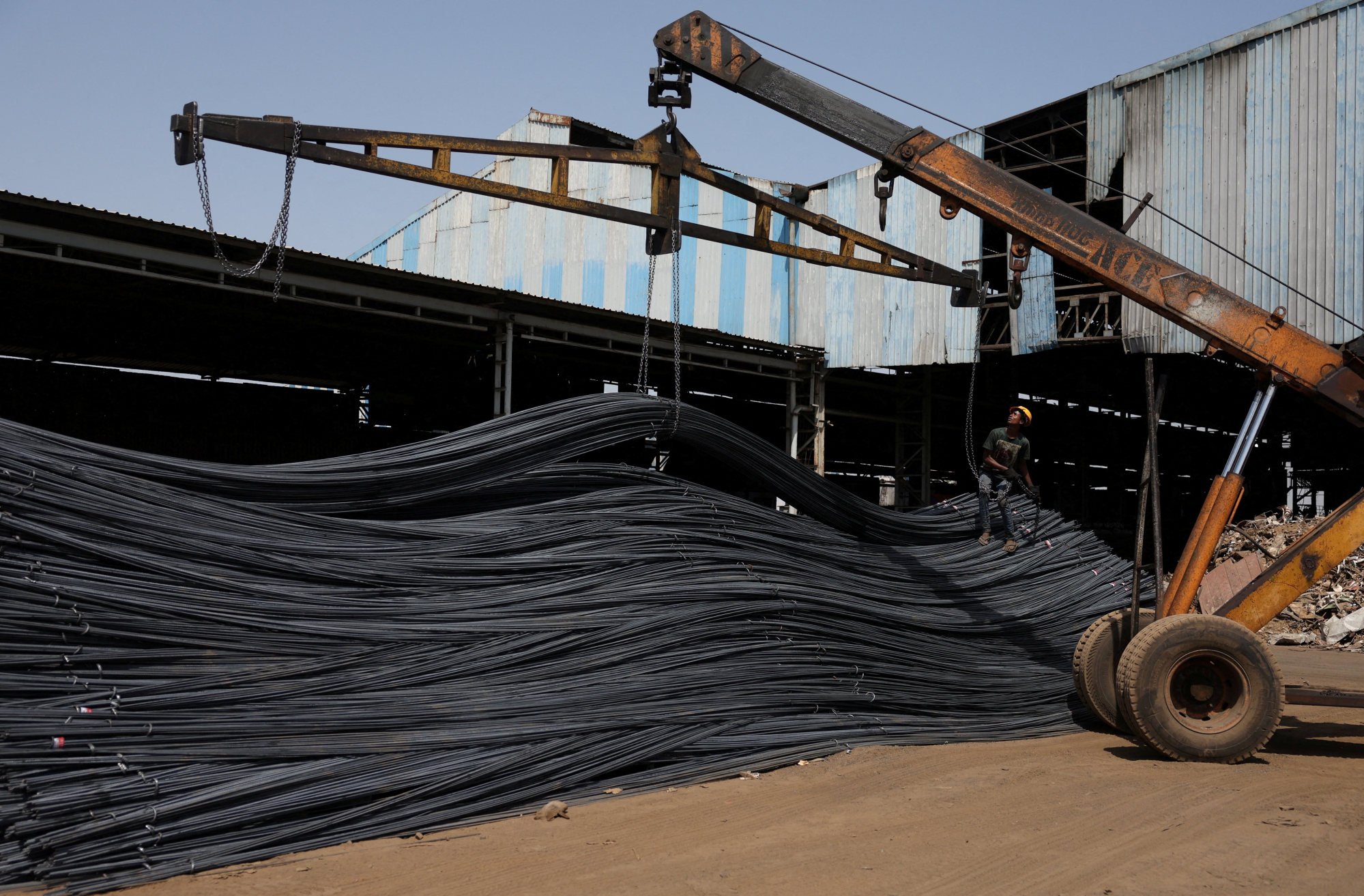Seeking the silver lining in Trump’s tariff turmoil
Trump’s tariffs could encourage governments to confront entrenched vested interests, but success requires a genuine commitment to reform

The first 100 days of US President Donald Trump’s second term have demonstrated that the world and its trading system are worse off because of his so-called reciprocal tariff policy, announced on April 2. Apart from threatening to upend the global trade order and its rules-based system, the uncertainty introduced has already proved costly to America and its trading partners.
Though the discussion has focused on the potential negative impacts, there could well be a silver lining to the turmoil. While global welfare will be reduced by the overall increase in uncertainty and protectionism, there will be winners and losers, depending on how countries respond to this policy.
Retaliatory actions are unlikely to be helpful unless they can force the perpetrator to back down (which appears unlikely) or hasten the need for negotiations. In the interim, retaliatory tariffs will add to costs and the risk of escalation. Any potential benefit will depend on what exactly the negotiations produce and how countries use them.
If the negotiations result in tariff rate reductions, then this could be a net positive for both countries. As tariffs have been falling, non-tariff barriers have risen in unison and their dismantling could significantly encourage trade. Therefore, countries could use the pretext of targeting non-tariff barriers to confront entrenched vested interests at home that have successfully lobbied for protection, sometimes securing it for decades.

The Trump administration has stated that the 46 per cent tariff on Vietnam, for instance, is designed to address its non-tariff barriers. If this approach succeeds, costly distortions would finally be addressed. The industries likely to be affected vary across Southeast Asian nations but could include the most heavily protected such as agriculture (rice), cars (with “national” and protected projects in Malaysia and Vietnam) and various service sectors, including telecoms, transport, energy, retail and finance. In addition to tariffs, if negotiations address licensing and foreign-ownership restrictions in the service sectors, these reforms would deliver significant and mutual benefits.
Negotiations are reportedly ongoing with China, India, Japan, South Korea and Vietnam, although unilateral offers have been made by many, including Cambodia, while others like Malaysia have sent delegations to Washington. A framework agreement with the United Kingdom that could lead to a comprehensive free-trade agreement was announced on May 8, indicating reductions in tariffs on autos, metals and pharmaceuticals while retaining the blanket 10 per cent tariff.
The talks in Geneva on May 10 between the US and China have resulted in a 115 per cent reduction in tariffs for 90 days, bringing them down to 30 per cent and 10 per cent, respectively. The next 90 days are unlikely to resolve all issues but will indicate whether a comprehensive deal that prevents the decoupling of the two economies is a prospect.

A deal could also be struck with India soon, which had earlier unilaterally reduced tariffs on whisky and motorcycles and has proposed zero rates on steel, auto parts and pharmaceuticals. So far, these bilateral negotiations have not been affected by India lodging a case at the WTO for retaliatory tariffs in response to US safeguard measures on steel and aluminium. Once these deals with China and India are finalised, they could lead to free-trade agreements like the one with the UK. If this happens, it would mark a significant shift for Washington, given its reluctance to pursue such agreements since the US pulled out of the Trans-Pacific Partnership in 2017.
Trump’s tariff policy could inadvertently provide the impetus for governments to deal with many of these perennial issues and to confront the entrenched vested interests in difficult sectors. Success requires a genuine commitment to reform to overcome the resistance from domestic lobby groups. If this is indeed the case, then the benefits will be maximised if the preferential reductions in tariffs are multilateralised and offered to all trading partners on a non-discriminatory basis, at least by one country. It is unlikely that the US will multilateralise any reductions negotiated bilaterally because it would undermine its planned negotiations with other countries. Even if tariffs are removed and then multilateralised by one country, this is still a net positive for the country and all its trading partners. Many non-tariff barriers, such as subsidies, cannot be removed selectively, and therefore, this type of reform is naturally multilateral.
There is no guarantee that the outcome of the negotiations will be positive, however. If the agreement is for one party to purchase more goods from the other to address the trade imbalance, as happened during the US’ “phase one” trade deal with China in 2020, then this could actually lead to a more distorted outcome than the tariffs being negotiated. It would simply replace tariffs with a non-tariff barrier. Furthermore, quantitative arrangements of this type can be more distortionary than tariffs, depending on how binding they are. Several countries have apparently included such purchase agreements in their offers to get the US to reconsider their proposed tariffs.
Protectionism has been rising noticeably since the late 1990s. The trade war that Trump 1.0 initiated with China escalated under Joe Biden, with the flagrant use of many protectionist measures that China is accused of employing, including subsidies and export controls.
Will Trump’s tariff turmoil add to protectionism or provide an opportunity to address the key non-tariff barriers distorting world trade? The opportunity option requires several factors coming together, starting with an end to the erratic nature of US trade policy. This unpredictability, coming on top of backtracking on pre-existing trade agreements like the United States-Mexico-Canada Agreement, cuts into the trust factor, which is critical to effective negotiations. Therefore, a fundamental change in approach from the Trump administration is required to assure its trading partners that any deal struck will not be unilaterally amended in the future.
Jayant Menon is a Visiting Senior Fellow in the Regional Economic Studies Programme at the ISEAS – Yusof Ishak Institute. This article was first published by ISEAS – Yusof Ishak’s commentary website fulcrum.sg.